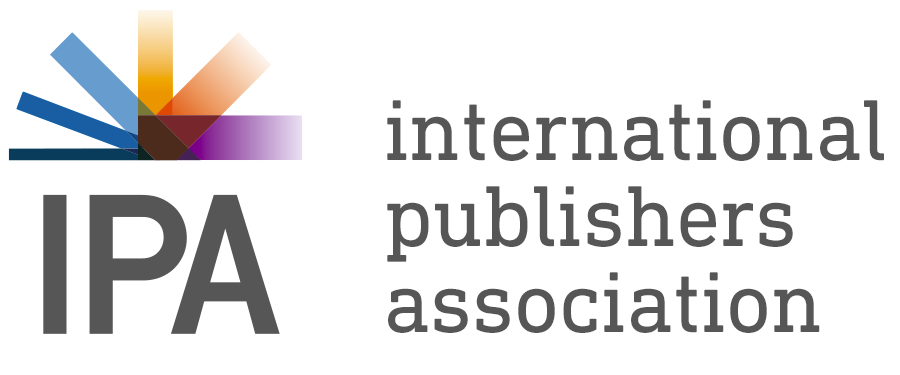As a recent report by the World Intellectual Property Organization (WIPO) highlighted, the coronavirus pandemic has had incredibly diverse impacts on different sectors of the global publishing industry as a whole. In some economies, the pandemic has revitalized publishers, with lockdowns creating a significant increase in demand among the public. In other countries, however, the pandemic has wrought significantly more negative effects on the publishing sector, diminishing revenue and amplifying the gaps in areas such as digital competency.
Nevertheless, beyond these effects of the pandemic, the current difficult situation is also rooted in the pre-Covid decline in general production capacity for printing books. According to Brian O’Leary, executive director of the Book Industry Study Group, diminished capacity in printing is a long-term trend. This perspective has been echoed by Pascal Lenoir, President of the French SNE Production Committee, who in an interview with France Culture explained how the paper crisis in France is a result of paper mills having reduced their production of paper for books and magazines, and instead focused their operations on using pulp to make more cardboard, packing and other types of materials that are more in demand. Now, though, this long-term transformation in printing capacity has clashed with increased demand from publishers.
This, in conjunction with raw material shortages overall, means that not only is paper in short supply, but global paper prices have continued to climb. As energy prices are also soaring – and forecasted to remain ‘high and volatile until at least 2023’ – electricity-intensive industries around the world are struggling to keep up. Thus, we are seeing what some have dubbed ‘a perfect storm’.
These types of dynamics have been reported by publishers across the globe. In Australia, for instance, it appears that paper prices have risen 10-20%, increasing local print costs by 15%. In addition, there are volatile increases in transportation costs, sometimes 4 times as much compared to previous prices. In light of this, Australian publishers have increasingly turned to more domestics printing, which has in turn led to congestion at printers. In South Africa, similar developments were reported to the IPA. Considerable delays in paper shipments (imported to the country) affected South African printers significantly, as shipping took approximately 3 times longer than normal to arrive. As a result, many printers were rendered unable to meet their delivery deadlines, causing problems, frustrations, and disappoints in the industry across the board.
Meanwhile, for some in Europe, this situation has been further aggravated by an ongoing strike at Finland’s UPM Kymmene, the world’s biggest maker of graphic paper. According to Beatrice Klose, secretary general of the European federation for print and digital communication Integraf, certain European printers have little to no mid-term prospects regarding the delivery of paper they badly need, leading them to may soon be in danger of not being able to carry out all pending orders. Integraf has warned that the inability to print will cause large economic losses and prevent important food and medical supplies from being put on the market due to a lack of packaging. Publishers in Belgium, Germany, and the UK have echoed these circumstances.
For Canadian and North American publishers, the situation is similar. Though consumers are eager for books, the general paper shortage and global shipping crisis means that publishers and printers are unable to keep up with demands. In Francophone Canada, this has led to the brainstorming of innovative solutions to help assuage the effects of the crisis, such as building a bank of printers from across Quebec and Canada which would pool resources and collectively help publishers navigate the increase in prices as well as the lack of supply.
At the same time, publishers in Turkey have been witnessing how this turn of events is aggravating the country’s currency crisis. The increase in book paper prices, combined with an almost 80% increase in exchange rates and soaring prices of other materials used in book production, has led to the cost of printing a book in Turkey to increase by at least 200% since 2002. So far publishers have worked hard to not place the burden of these production costs on the shoulders of readers – but if the situation does not improve rapidly, they may be forced to oversee increases in book prices, even as frequently as “three to four times a year” according to the president of the Turkish Publishers Association, Kenan Kocaturk. Because of this, almost all small- and medium-sized publishing houses in Turkey have ceased production, while larger ones have slowed down considerably.
Finally, it is important to note that authors are also being negatively affected by the ongoing situation. Many are facing uncertainty and indefinite waiting lists as they attempt to have their work published, placing them in precarious situations that are forcing them to diversify their incomes and also indirectly alienate them from their work as writers – creating a destructive cycle which places them at a significant disadvantage.
UPDATE: On March 28, 2022, AcuaLitté reported that a new circumstance is poised to further aggravate the crisis facing the global paper market. In response to Russia’s invasion of Ukraine, FSC, Forest Stewardship Council, and PEFC, Program for the Endorsement of Forest Certification (NGOs that issue responsible forest management certifications) have announced sanctions against Russia and Belarus – meaning that all FSC and PEFC certificates for wood from these two countries are suspended until further notice.
While the direct impacts of these sanctions remain to be seen, in such a volatile and uncertain environment, it is likely that the withdrawal of these certifications will have an important – perhaps painful – impact on the publishing industry.

